2020. Let’s face it, it was a year full of doom and gloom, so what better way to start 2021 with this, the vibrant and funky Suzuki Ignis. Long term readers will remember that I reviewed this car all the way back in 2017, but the second generation Ignis has recently been given a facelift. This means tweaked looks, improved efficiency, and also a choice of a CVT gearbox.
A step backwards design wise?
As much as looks are, and will always be subjective, I actually prefer the styling of the last model. The front end on the new car looks a bit too fussy and this front grille makes this car look too much like a Jeep for my liking. Mind you, there’s little chance you’ll lose this particular version in a supermarket car park as it’s finished in Rush Yellow – one of three new colours for the Ignis. The other two, in case you’re wondering, are Tough Khaki, and Caravan Ivory. Caravan Ivory?!
As well as a new lick of paint, Suzuki has made exterior tweaks to make the Ignis look a bit more SUV-like and the interior has been given a bit of spruce up as well. It’s not just the aesthetics that have been updated, though – the 1.2 litre naturally aspirated petrol engine has an improved mild hybrid system, which of course means better fuel economy. Suzuki has achieved this by using a new lithium-ion battery which has a capacity of 10Ah as opposed to 3Ah offered by the previous battery.
Mild hybrid, or nothing
Unlike the previous Ignis, the new version is only available with the mild hybrid system as Suzuki only offers mild hybrid cars in Europe now, which meant the larger than life Jimny has been killed off – at least for now. This version does offer four-wheel drive, although this won’t have the same go-anywhere-ability but that’s not really what this car is about.

Pint-sized SUV
Despite its determination to look like an SUV that wants to climb every mountain and ford every river, the Ignis is more suited for the concrete jungle and not an actual jungle. The Ignis is a small car, meaning it’s easy to thread through town centres and of course, easy to park. The Ignis is only 3.7m long, which is about twice my height, and it’s just 1.7m wide, although this trim level does come with a reversing camera if you need a bit of extra assistance when parking.

As mentioned earlier, the Ignis is powered by a 1.2 litre naturally aspirated petrol engine, which offers 83hp along with a meagre 107Nm of torque, which is less than before, in case you’re really bothered. 0-62mph comes eventually at 12.8 seconds, and the top speed is 103mph. In reality, it’s not as sluggish as the numbers may suggest, but I would love to see what the Ignis would be like with the 1.0 litre BoosterJet engine. I’d also quite like to see a new generation Ignis Sport, but I doubt that is likely to come.
What it lacks in power, it makes up for in economy
The 1.2 litre unit may lack a turbocharger, but thankfully the mild hybrid system is able to help with acceleration lower down in the rev range, so it’s able to feel nippy around town. The other benefit is of course better efficiency. Suzuki states that on a combined run you’ll achieve up to 51.9mpg, with CO2 emissions of 123g/km. This means for the first year of VED you’ll be required to pay £165.

In case you’re wondering, whilst was driving the car I was actually able to muster around 58mpg – impressive stuff indeed. In regard to other costs this has an insurance group 19, but what about finance? Well, to give you an example, if you were to buy the mid-range SZ-T on a 35-month PCP deal you’d be paying £177.55 per mouth with 0% APR and £3,000 deposit.

Is it good to drive?
That’s the numbers out the way, what is the Ignis actually like to drive? Well if you’re a fan of the pre-facelift then you’ll enjoy the new version as the changes have been conservative to say the least, which is not a bad thing. This means you get the same light steering which makes town driving a doddle, although it still suffers with the same numbness I found in the last model. The gear change offered up by the 5-speed manual – a CVT is also available – is also light, but it’s precise enough for the job in hand – pardon the pun.

Despite having a short wheelbase – which isn’t always good news for ride comfort – the Ignis holds its own. Yes, the chassis will be disturbed by potholes and divots, but for the most part you’ll find the damping compliant, although the seats could do with a bit more support. Yes, the seats are lovely and soft, but the bolsters are a bit too soft for my liking.
Your bum may get comfortable in this car, but your ears may struggle a bit, as refinement is not exactly the Ignis’s forte. Now, I’m under no illusions here, this is a value-for-money city car, a very light one at that – in fact this car weighs just 940kg.
Sound check
That’s almost unbelievable when you consider that weighs about the same as my Mk1 Mazda MX-5, and this has twice the number of seats. It’s reported that the new model has better soundproofing than the old one, but I think you’d have to drive both cars back-to-back with a keen ear to really detect the difference.
The problem with that, though is there’s not exactly a load of sound insulation and the doors feel as substantial as tin of leftover the Quality Street. You know, probably full of toffee pennies. Some people actually like those, though, and there’s a name for them – maniacs. I may have gone off topic, where was I? Oh, yeah, the lightness of the Ignis.

The downside of this is that even at 30mph you’ll find a decent amount of tyre noise intruding in to the cabin. You can of course use the radio to drown it out, and thankfully this makes use of Suzuki’s in-house infotainment system as opposed to the Pioneer system used for early versions of the second generation Ignis that looked like an aftermarket installation rather than something that was fitted at factory.
Shod around the 16” alloys are Bridgestone Ecopia tyres, which have a noise rating of 69dB. That’s not an overly noisy rating by any means, but it’s certainly made audible in the Ignis. The tyre noise – and wind noise for that matter – is of course exacerbated at higher speeds, pointing to the fact this is a car that’s designed for urban driving, not long motorway trips. On the flip side, the engine fades in to the background when you’re cruising, so it’s not all bad news when it comes to refinement.
A doddle to live with
Despite the potential noise issues, the Ignis is an easy car to get on with; visibility is very good out the car, and even with the driver’s seat set to its lowest position you’ll find a lofty driving position. Ok, visibility over the shoulder is far from brilliant thanks to chunky C pillars, but otherwise the Ignis is easy to see out of.
The controls are nice and light, so this shouldn’t be a tiring car to drive, although I do find the biting point on the clutch pedal a bit high for my liking, but that could be a personal complaint. The rest of the controls are simplistic and easy to operate, scoring ease of use high. Take the air con controls for example, here we have chunky, sturdy buttons that can be easily operated even whilst wearing gloves – handy for this time of year.

Another feature that is going to be handy for this kind of year is Suzuki’s AllGrip Auto system. Unlike the majority of small SUVs and crossovers, the Ignis is actually offered with four-wheel drive, meaning you get that extra traction in harsher driving conditions.
Don’t get me wrong, this won’t have the same off-roading talents as the small, but rugged Jimny. However, if you live in more rural conditions or you happen to require a bit of soft-roading this Ignis should have you back. The AllGrip system also delivers features such as Hill Descent Control, and Grip Control.
Skinny tyres, commendable grip
Going back to those Bridgestone tyres, they are on the skinny side with width of 175mm, so that’s not exactly a lot of rubber making contact with the blacktop. Despite this, the Ignis does a decent job of hanging on in the corners, because of course it has the four wheel drive system to fall back on. This is also where the car’s lightness becomes a benefit as the Ignis feels agile, although there is noticeable body roll, and as I touched upon earlier, the steering is numb and rather woolly.

The thing is, you get a sense this car doesn’t take itself too seriously, so although cornering is perhaps a little haphazard, the car’s character should be able bring a bit of joy your way, and we all need a bit of that right now, don’t we?! I personally prefer the front wheel drive version as I find it a bit more fun in the corners, whereas the four-wheel drive setup can feel a little too grown up at times.
The brakes aren’t the strongest, though, and it make take a little time to adjust to the strength of them. On the initial press of the pedal not a great deal happens, and it’s not until you apply more pressure that you feel the speed start to scrub off. Mind you, the brake pedal does offer a decent amount of feel, which isn’t always the case for cars with regenerative braking.
Small boot, impressive rear space
Right, let’s move things on and talk about practicality. With a car of this size it should come as no surprise it’s not the most practical, but that’s not to say it’s not usable. Ok, the boot is not going to be able to swallow loads of luggage, but with a capacity of 267 litres, which is around the same as cars such as the FIAT 500 or the Volkswagen Up!, although that size shrinks down to 204 litres if you go for the Allgrip system. If you need more space, you can of course fold down the rear seats to give you over 1,000 litres.
Step in to the rear and even if you’re a tall person sat behind a tall driver you’ll be surprised by how much space you’ll have, given the dinky dimensions. Legroom and knee room is surprisingly generous and headroom is decent as well.

The SZ-T and SZ5 models only get two seats in the rear compared to the three offered in the base model SZ3, but let’s face it, it’s unlikely you’re going to seat three in the back of this car anyway. These two seats can slide backwards and forwards by 165mm, meaning you can sacrifice rear legroom to have a bigger boot, or you can sacrifice boot space for rear legroom.
Step in to the front and it’s not difficult to get comfortable, although the steering wheel only adjusts for rake and not reach. The driver’s seat should have enough adjustability for the majority, and I found it easy to get a driving set up for my 6’2″ frame. There’s a decent amount of cubbies as well so it should be easy to live with, although there’s not lots of practicality to be found in the rear.
Ask Aaron
What’s new about it?
New colours, improved mild hybrid system, revised looks, and a CVT gearbox.
My girlfriend looks like a dog doing a poo – I disagree, do you?
Your girlfriend has quite the imagination, but sadly not the eyesight to go with it – I can’t quite see it myself.
Is it fun to drive?
It can be, but I reckon you’d have more fun in a Swift, or perhaps the two-wheel version of this.
Does it have all the grip in the world?
All the grip…oh because, it’s called the AllGrip. Look pal, I do the cheesy jokes around here, not you.
And last but not least, performance?
As mentioned earlier, this will hit 62mph in 12.8 seconds, and the top speed is 103mph.
How much is it, and what’s included?
Let’s talk about trim levels, of which there are three for the Ignis; SZ3, SZ-T and SZ5, just like the pre-facelift. Now that the non-mild models have been taken away, the starting price is of course higher, meaning that the SZ3 starts from £14,249, including standard features such as air conditioning, Bluetooth, LED headlights, DAB radio, rear privacy glass and six airbags.
Mid-range SZ-T starts from £15,749, adding features such as 16” alloys, reversing camera, roof rails, wheel arch extensions, smartphone connectivity, and sliding rear seats.
Then you have the range-topping SZ5, which features in this video. This adds navigation, auto air conditioning, dual camera brake support, lane departure warning, weaving alert, keyless entry, rear electric windows and front fog lights. If safety is your top concern then you’ll want to go for the SZ5 as that was awarded 5 stars by Euro NCAP whereas the SZ3 and SZ-T were awarded 3.
Conclusion
The Ignis is certainly a likeable car and I love the fact that Suzuki has basically created its own segment in the market as you have a car that’s half city car, half small SUV. Yes, it has flaws, but a car at this price is not going to be perfect is it. Having said that, it’s able to offer decent fuel economy, good value, a healthy amount of kit and it’s more spacious than you may think. Plus look how joyful this little thing is, and let’s face it, we all need a little joy in our lives right now, don’t we?

Car Obsession Rating:  (4 / 5)
(4 / 5)
Pros:
- Good value
- Strong fuel economy
- Surprisingly spacious rear
- Fun, quirky looks
- Offers four wheel drive
Cons:
- Small boot
- No longer available with non-mild hybrid system
- Not as cheap as it was before
- Only range-topper has all the safety features
- Refinement is still lacking

















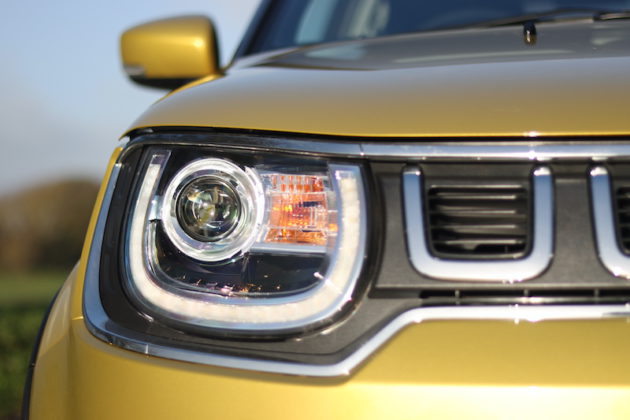
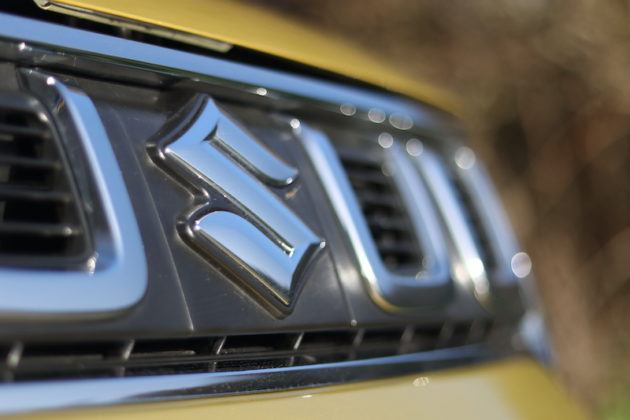




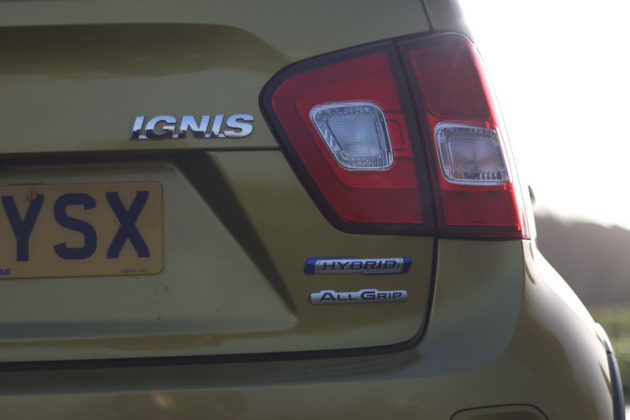


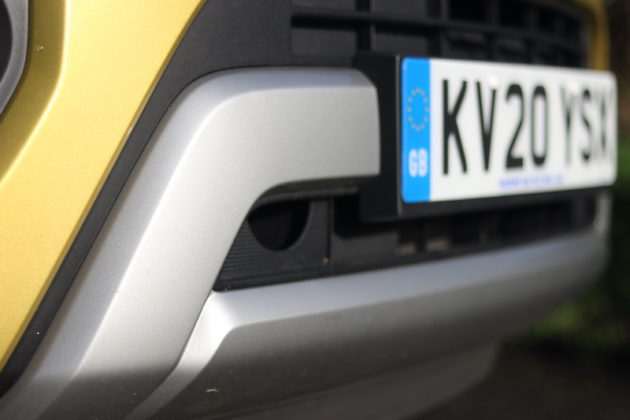
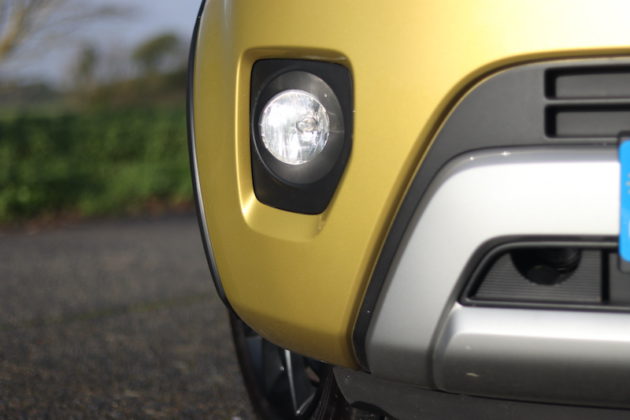
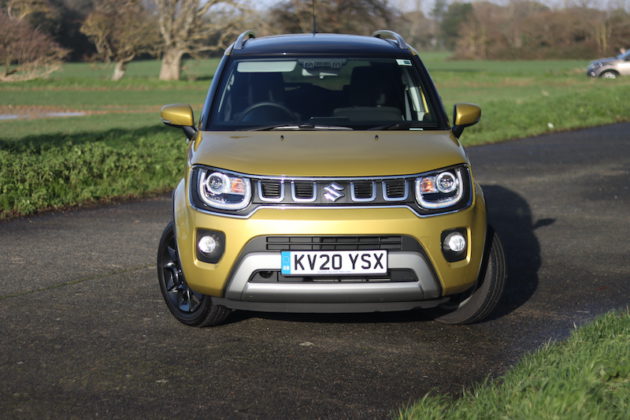
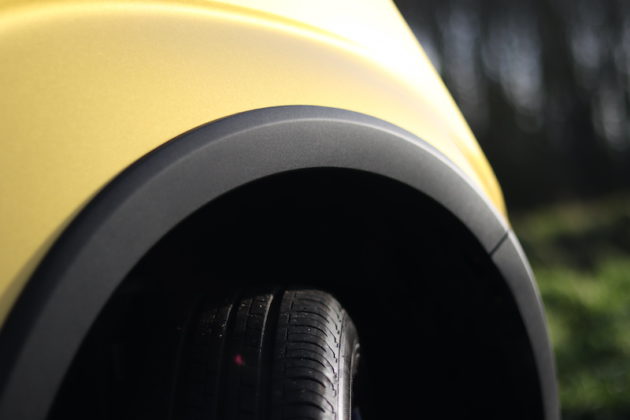

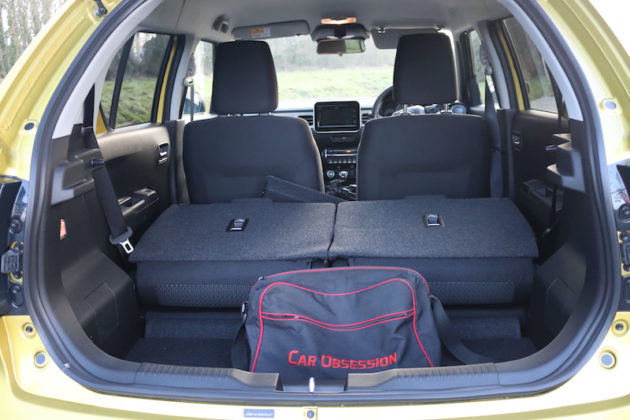
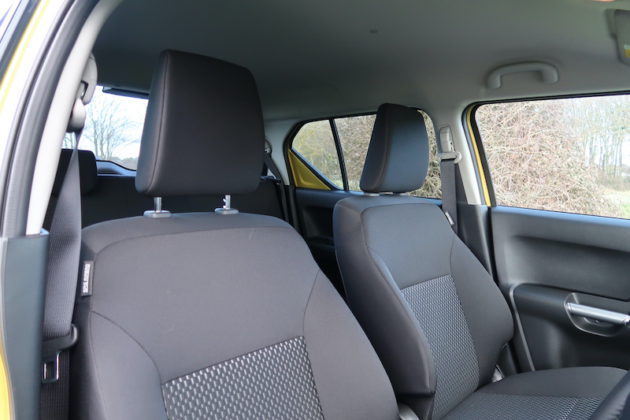
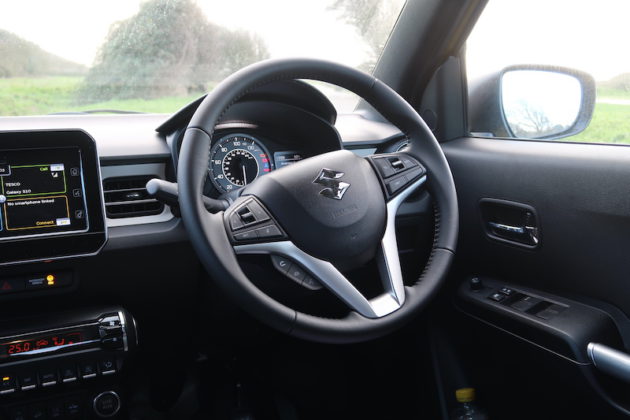

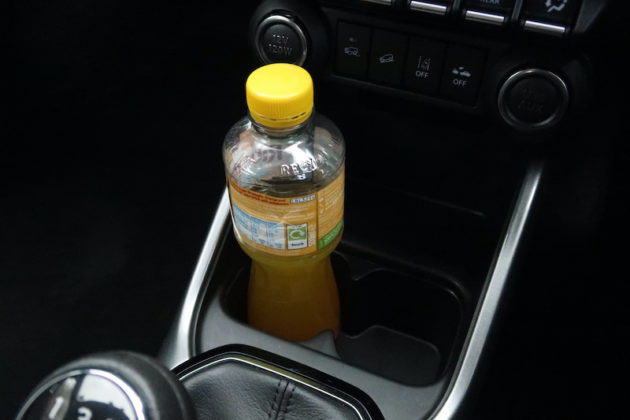


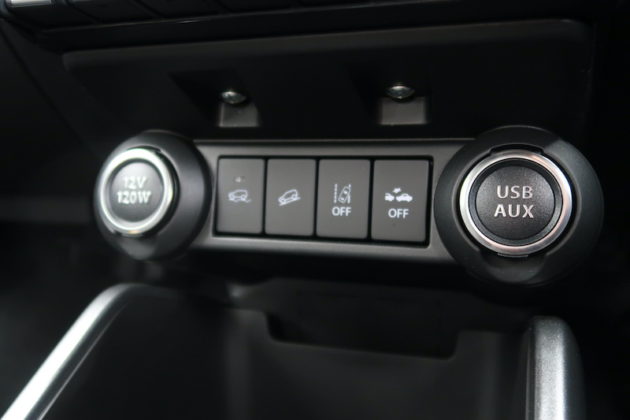

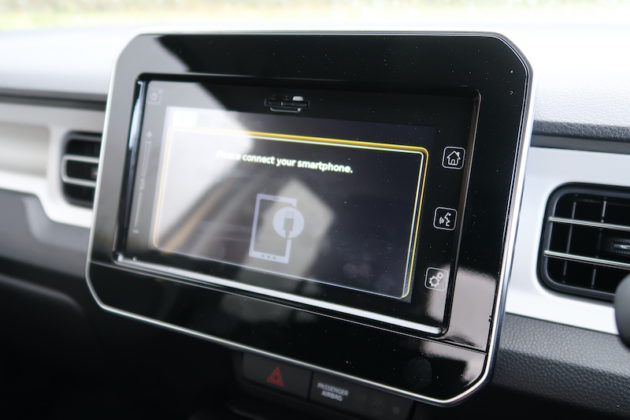


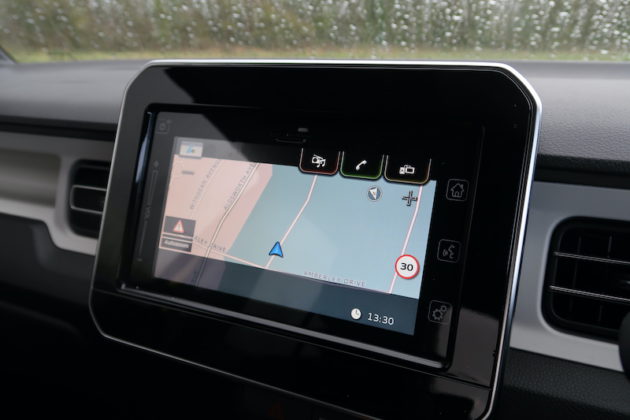
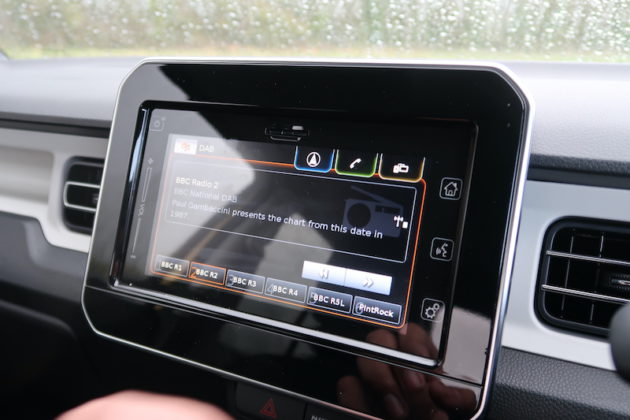
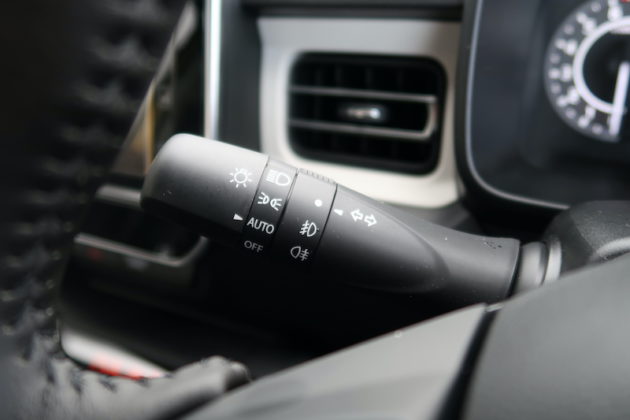
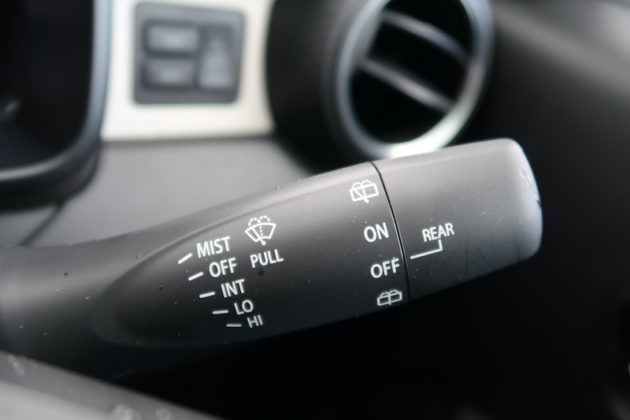
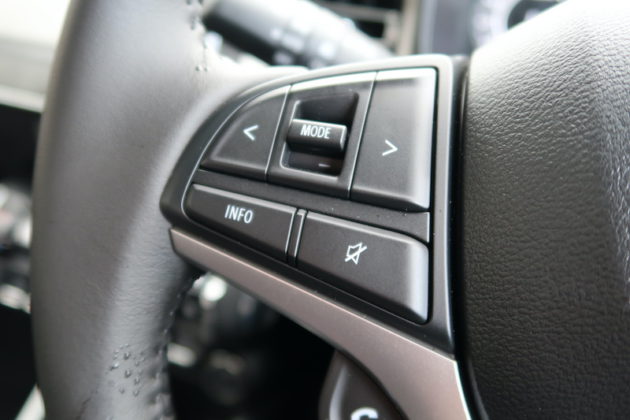


I am buying alpha amt model is it good car and fuel efficient
I have the previous incarnation, year ’19 SZ5, manual, front wheel drive. I agree with all of your critique, including the clutch. I haven’t had it adjusted but I find the bite too high and stall it at least once every time I take it out. The body paint seems a little fragile too. Although for a tiny car, (but big inside), I like it.